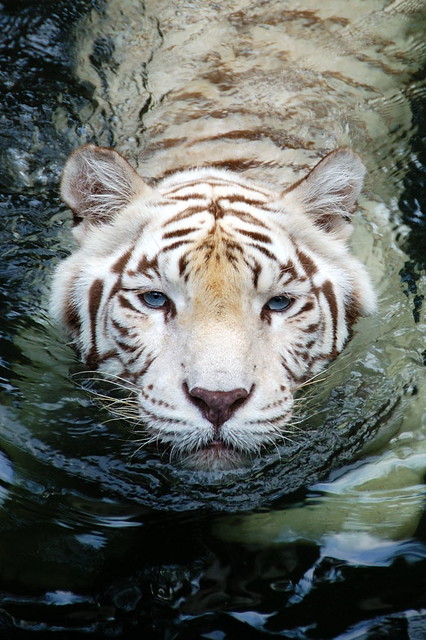
Panthere tigris


The largest tiger ever recorded in the wild was a Bengal tiger that was killed in 1967, it weighed in at 389kg (858 pounds)

The collective name for a group of tigers is known as a 'STREAK' or 'AMBUSH'.

They are capable of jumping 5 – 6 meters (16.4 - 19.7 feet) in distance.

These heavy cats are capable of running at speeds of up to 65 km/hour (40 mph) for short distances.

There are 6 subspecies of tiger, these include the Bengal Tiger, Indochinese Tiger, Malayan Tiger, Siberian Tiger, South China Tiger and the Sumatran Tiger.

Mainly due to a very weak gene pool, only about 50% of tiger cubs will live past 2 years of age.

The tiger’s diet consists of deer, buffalo, monkeys, birds, fish, pigs, crocodiles, young elephant, leopard, bear and even other tigers. They will also feed on carrion if really hungry.

Only 5 – 10% of the tiger’s hunts are successful.

A large tiger can eat as much as 20kg (44 pounds) of meat in one feeding. A full bellied tiger can go as long as a week without feeding, quite comfortably.

Tigers on record have killed more people than any of the other big cats.

The most recorded people killed by a single tiger was a tigress that was shot in India in 1911. She had killed an estimated 436 people.

A sad but true fact is that there are more tigers kept in captivity than there are in the wild.

Over the past century over 95% of the wild tiger population has been lost mainly due to poaching. The number of tigers estimated in the wild is between 3000 – 3500

Tigers can live 10 – 15 years in the wild and up to 26 years in captivity.


More Tiger Photos





